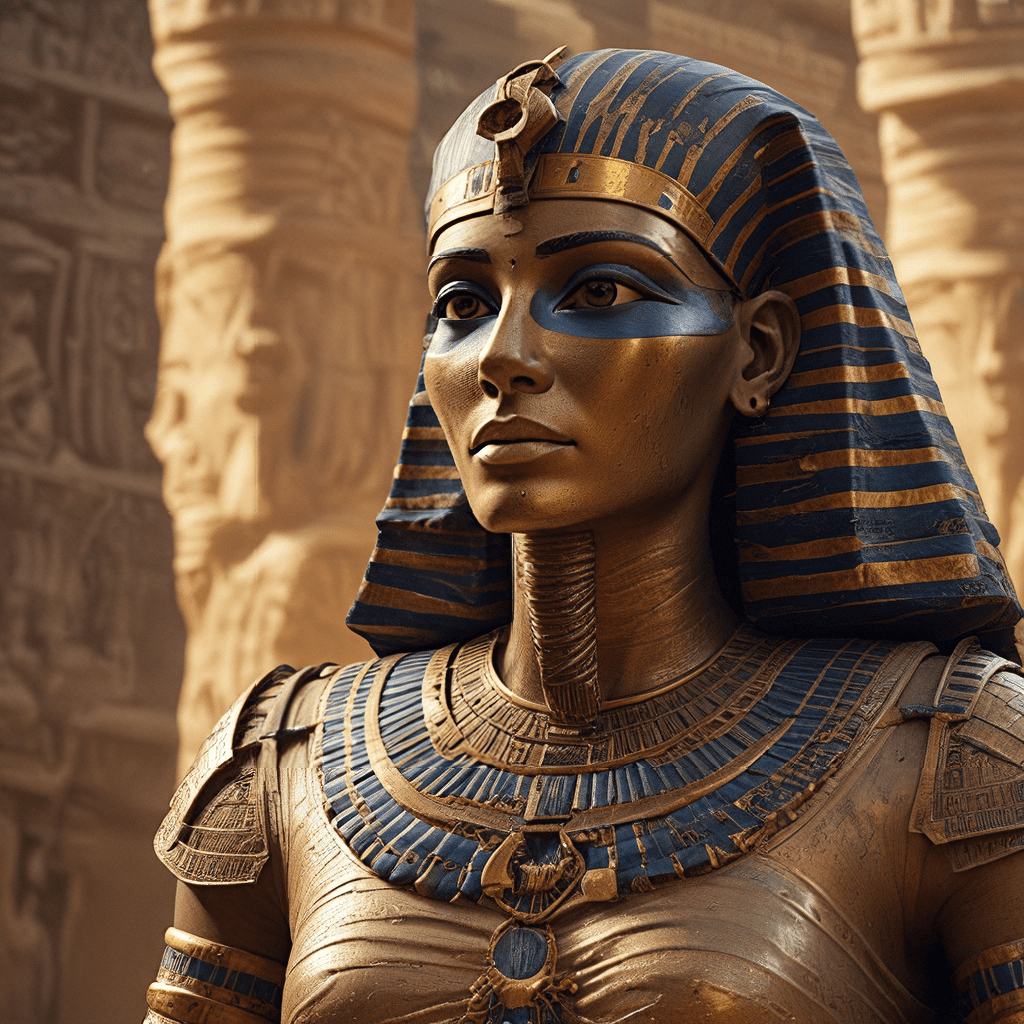The Curse of the Pharaohs: Exploring the Legends and Reality of the Mummies
The “Curse of the Pharaohs” is a phrase that evokes images of ancient tombs, powerful pharaohs, and mysterious curses. This enduring legend is intertwined with the fascination surrounding ancient Egypt, its rich history, and the enigmatic world of mummies. While the idea of a vengeful curse might seem like a relic of the past, its impact on our understanding of Egyptian history and culture remains strong.
1. The Origins of the Legend: A Brief History
The origins of the “Curse of the Pharaohs” can be traced back to ancient Egyptian beliefs about death and the afterlife. The Egyptians believed that the pharaohs were divine rulers who held a special place in the afterlife. Their tombs were meticulously constructed to ensure their journey to the next world was safe and successful. These tombs were filled with treasures and possessions, intended for use in the afterlife, and often included powerful protective spells and images to ward off intruders and malevolent spirits.
The role of the pharaoh in Egyptian society was paramount. They were considered intermediaries between the gods and the people, responsible for maintaining cosmic order and ensuring the prosperity of the nation. Their tombs were not just final resting places but powerful symbols of their authority and divine connection.
Early accounts of “curses” associated with pharaohs and their tombs stemmed from a combination of fear and superstition. The Egyptians themselves believed in the power of curses and protective magic. Stories circulated about the consequences of disturbing the resting places of the dead, which may have fueled the legend of the pharaoh’s curse.
2. The “Curse” Takes Shape: The Case of Tutankhamun
The discovery of Tutankhamun’s tomb in 1922 by Howard Carter catapulted the “Curse of the Pharaohs” into the public consciousness. The tomb, untouched for over 3,000 years, was a treasure trove of exquisite artifacts and gold. Shortly after the discovery, several individuals involved in the excavation died under mysterious circumstances, including Lord Carnarvon, the expedition’s financier, who died from a mosquito bite that became infected.
The media frenzy surrounding these deaths quickly linked them to the “curse.” Newspapers around the world ran sensationalized headlines, fueled by the belief that ancient Egyptian curses could bring about misfortune and death. The “curse” was not only a story; it became a cultural phenomenon that gripped the public imagination.
3. The Scientific Explanation: Demystifying the Curse
The scientific explanation of the “Curse of the Pharaohs” points to a more grounded reality. The deaths attributed to the curse can be explained by natural causes, such as disease, accidents, and old age.
The tomb’s environment also played a role. The sealed tomb may have contained harmful substances, such as fungi and bacteria, that could have weakened the immune systems of those who entered. The lack of proper ventilation could have also contributed to respiratory problems.
In the absence of thorough medical records and the prevalence of superstition at the time, it’s understandable that these deaths were linked to the “curse.” However, scientific analysis and historical research shed light on the true causes of death, which were ultimately natural.
4. The Power of Belief and the Psychology of Fear
Beyond the scientific explanation, the “Curse of the Pharaohs” offers a fascinating glimpse into the psychological power of belief and fear. The media’s sensationalization of the “curse” played a significant role in amplifying public anxieties. The “curse” became a powerful symbol of the unknown, a reminder of the fragility of life and the potential consequences of tampering with the past.
The influence of cultural narratives and media in shaping our fears and beliefs cannot be underestimated. The “Curse of the Pharaohs” became a cultural archetype, a cautionary tale that resonated with our innate fear of the unknown and the supernatural.
The power of the mind itself is a potent force in shaping our perceptions of reality. The “curse” became a self-fulfilling prophecy, as individuals who believed in its power might have subconsciously acted in ways that contributed to their own misfortune.
5. The Archaeology of Fear: Exploring the “Cursed” Artifacts
The presence of warning inscriptions and symbolic imagery in ancient Egyptian tombs played a significant role in creating a sense of fear and mystery. These inscriptions, often written in hieroglyphs, were meant to deter intruders and protect the pharaoh’s eternal peace. They depicted powerful deities, protective spells, and warnings about the consequences of disturbing the dead.
Ancient Egyptians practiced magic and ritual, which played a vital role in their daily lives and religious ceremonies. These rituals were designed to appease the gods, ensure prosperity, and protect against evil. The tomb inscriptions and symbolic imagery were part of a larger system of beliefs and practices intended to ward off harm and maintain order in the cosmos.
These elements, interpreted through a modern lens, contribute to the allure and mystery surrounding the pharaohs. The combination of powerful imagery, enigmatic language, and the vastness of ancient Egyptian history creates a sense of awe and fear, giving weight to the “curse” and its enduring impact.
6. Mummies in Modern Culture: Exploring the Legacy of the Curse
The “Curse of the Pharaohs” continues to hold a powerful grip on our imaginations today. It has become a staple of popular culture, featured in countless books, films, and TV shows. The enduring fascination with Egyptian mythology, the enigmatic nature of mummies, and the enduring stories of the “curse” have contributed to the enduring legend.
The “Curse of the Pharaohs” serves as a reminder of the enduring power of stories and the way they shape our understanding of the past and the present. While the scientific explanation debunks the notion of a supernatural curse, the legend itself continues to fascinate and inspire, reminding us of the enduring mystery and power of ancient Egypt.




